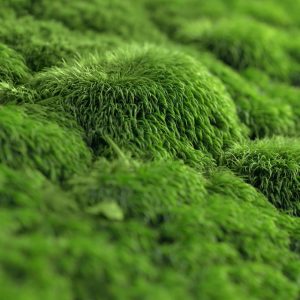Wild garlic season
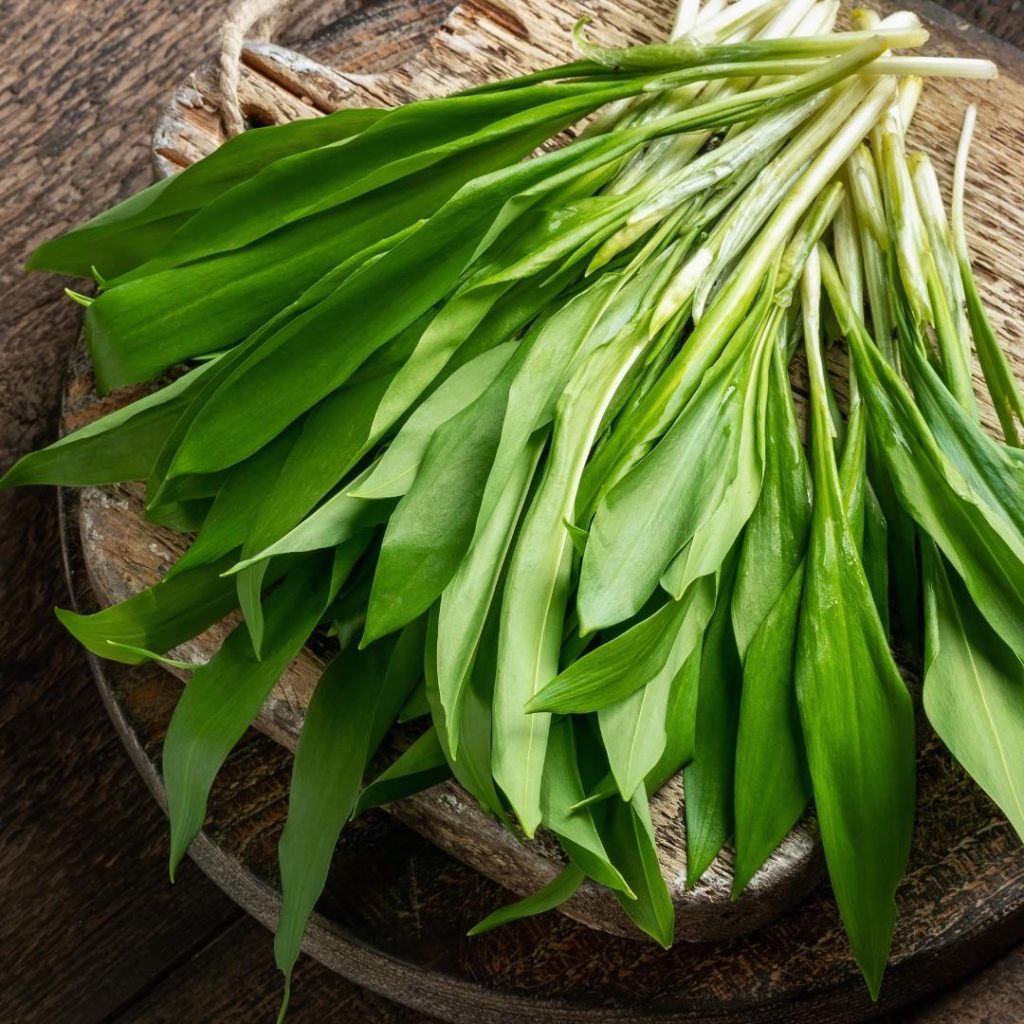
We love wild garlic and to keep it that way, we'd like to give you some tips on the aromatic herald of spring today.
The delicious alium, or garlic plant, tastes best when you pick it yourself, of course. However, many people avoid this pleasure so as not to take any risks, as confusion with autumn crocus or lily of the valley could be fatal.
Recognize wild garlic
On the scent
It smells wonderfully of garlic when you rub it between your fingers. However, it is not advisable to rely on this completely, especially as the intense garlic scent quickly sticks to your fingers. If you then rub a lily of the valley or autumn crocus leaf, it may also smell of garlic simply because the scent has transferred from your hands to the leaf.
Appearance
Unlike autumn crocus and lily of the valley, wild garlic grows individually from the ground. Each leaf has its own long, thin stalk. You therefore pick individual stalks that grow directly from the ground - one stalk per leaf. In the case of lily of the valley, two leaves always grow on one stem and cover it like a mantle. Autumn crocus leaves grow in a rosette and without stems directly from the ground.
Another peculiarity of wild garlic is the leaf scar on the back. The leaf looks as if it has been folded lengthwise in the middle.
The reverse side of wild garlic is also matt. The leaves of the other two plants are shiny on both sides.
The flowers are also a significant distinguishing feature. Wild garlic has single, elongated buds, while lily of the valley - nomen est omen - has flowers that resemble small bells, and autumn crocuses - and the name is no coincidence - usually bloom in the fall and look like crocuses.
Before the lily of the valley flowers appear, they can be recognized by their spherical, racemose arrangement.
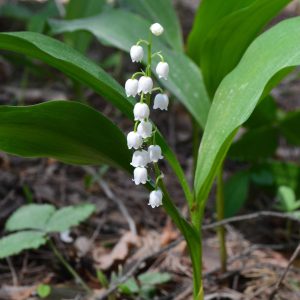
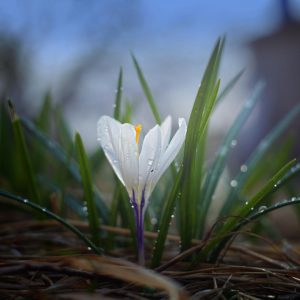
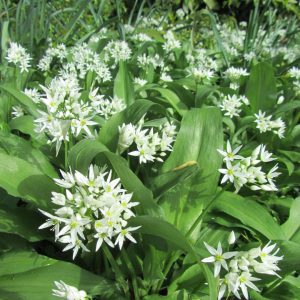 Lily of the valley Autumn crocus Wild garlic
Lily of the valley Autumn crocus Wild garlic
Collecting wild garlic
As always, we want to move responsibly through the woods and meadows when collecting wild garlic and make sure that the plants can recover, so please only pick one leaf per plant and do not tear the leaves out of the ground, as this can damage the roots. We recommend cutting them off with a knife.
We also ask you to restrict the collection of balsam to areas where it is abundant and to ensure that it is prohibited in nature reserves, for example.
In order not to stress the wild garlic too much and to give it a resting phase, we limit the harvest to the phase before flowering - it is more aromatic there anyway.
And now enjoy
Wash off hot before use and you're ready to go!
It is rich in vitamin C, magnesium and iron, has a calming effect on stomach and intestinal complaints and can help to lower blood pressure and cholesterol.
Whether raw as an interesting flavor enhancer on salads, in spreads and wherever we like it, as pesto, soups, sauces or other delicacies - it is versatile and we all agree: it simply tastes like spring.
Over the next few weeks, we will be providing you with the most delicious wild garlic recipes! 💚




